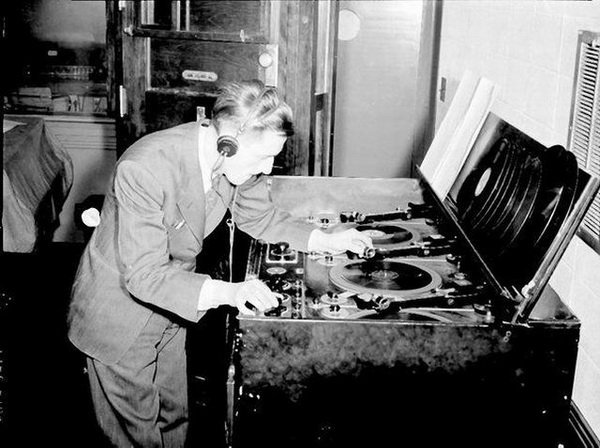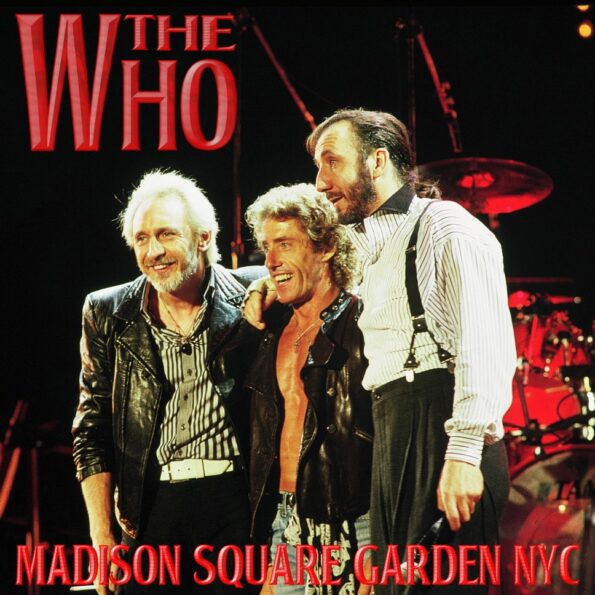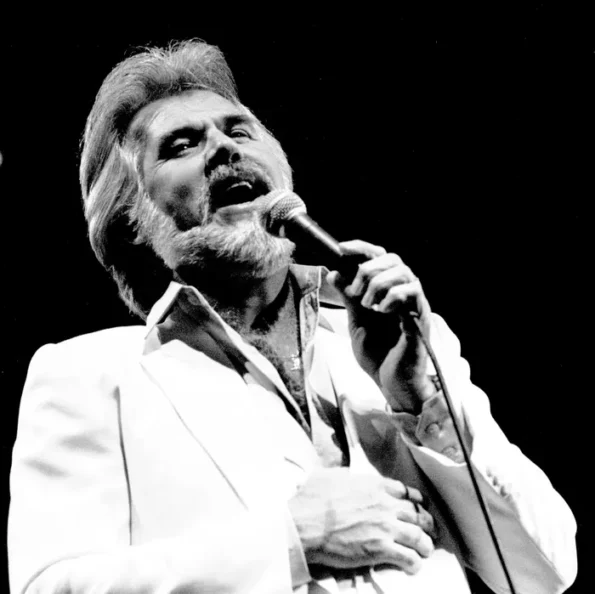Electronic: Sonic Exploration, Dancefloor Energy, and Genre Fusion

Chronology and History
Electronic music began as an avant-garde experiment in the early 20th century. Composers and inventors explored new soundscapes using oscillators, theremins, and tape loops. Visionaries like Pierre Schaeffer (musique concrète) and Karlheinz Stockhausen laid the theoretical and sonic groundwork for the electronic revolution to come.
The invention of the Moog synthesizer brought electronic sounds into pop and rock. Artists like Wendy Carlos (“Switched-On Bach”) and Kraftwerk began using synths to create entire musical worlds. Meanwhile, ambient pioneers like Brian Eno crafted lush, atmospheric soundscapes, redefining what music could be.
Electronic music moved from labs to dancefloors. Disco’s decline gave rise to house in Chicago, techno in Detroit, and electro in New York — with artists like Frankie Knuckles, Juan Atkins, and Afrika Bambaataa laying the blueprint for electronic dance music. Drum machines, sequencers, and samplers became the new instruments of the underground.
The 1990s exploded with subgenres and scenes — trance, jungle, drum & bass, big beat, IDM. Rave culture spread across Europe and North America, fueled by DJs, warehouse parties, and pirate radio. Acts like The Prodigy, Aphex Twin, Daft Punk, and Underworld brought electronic music to massive audiences without sacrificing edge or innovation.
With the rise of digital audio workstations and file sharing, anyone could become a producer. Genres blurred: dubstep, electroclash, glitch-hop, and EDM all rose from the underground. Artists like Deadmau5, Skrillex, and Four Tet showcased the versatility of electronic music — from massive festival stages to intimate headphones.
Today’s electronic music scene is as diverse as ever — from modular synth wizards and lo-fi house producers to ambient composers and dancefloor futurists. Vinyl, cassettes, and boutique synth gear have made a comeback, with collectors and audiophiles gravitating toward tactile, analog sounds. Labels like Warp, Ninja Tune, and Ghostly International continue to push the boundaries of what electronic music can be.
Noteworthy Artists and Albums







